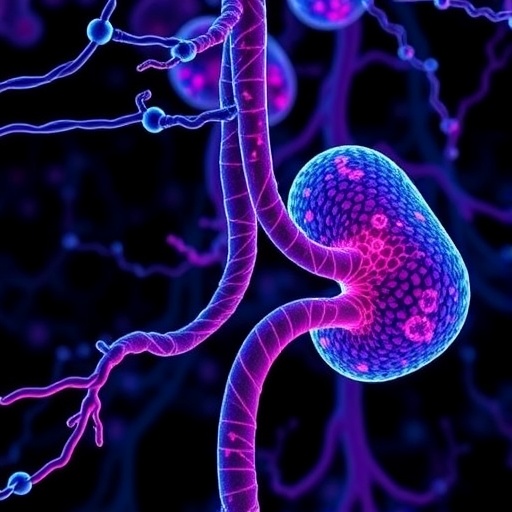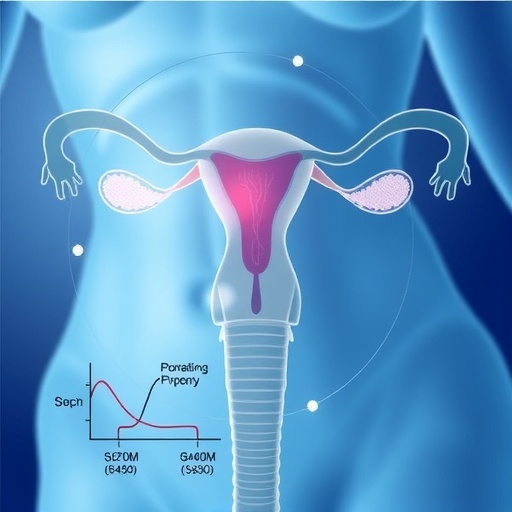
Credit: Illustration by Michael Helfenbein/Yale University
New Haven, Conn. – Yale researchers have found a data-driven way to detect distant planets and refine the search for worlds similar to Earth.
The new approach, outlined in a study published Dec. 20 in The Astronomical Journal, relies on mathematical methods that have their foundations in physics research. Rather than trying to filter out the signal "noise" from stars around which exoplanets are orbiting, Yale scientists studied all of the signal information together to understand the intricacies within its structure.
"It requires nothing but the data itself, which is a game changer," said senior author John Wettlaufer, the A.M. Bateman Professor of Geophysics, Mathematics and Physics at Yale. "Moreover, it allows us to compare our findings with other, traditional approaches and improve whatever modeling assumptions they use."
The search for exoplanets — planets found outside our own solar system — has increased dramatically in recent years. The effort is motivated, in part, by a desire to discover Earth analogs that might also support life.
Scientists have employed many techniques in this effort, including pulsar timing, direct imaging, and measuring the speed at which stars and galaxies move either toward or away from Earth. Yet each of these techniques, individually or in combination, presents challenges.
Primarily, those challenges have to do with eliminating extraneous data — noise — that doesn't match existing models of how planets are expected to behave. In this traditional interpretation of noise, searches can be hampered by data that obscures or mimics exoplanets.
Wettlaufer and his colleagues decided to look for exoplanets in the same way they had sorted through satellite data to find complex changes in Arctic sea ice. The formal name for the approach is "multi-fractal temporally weighted detrended fluctuation analysis" (MF-TWDFA). It sifts data at all time scales and extracts the underlying processes associated with them.
"A key idea is that events closer in time are more likely to be similar than those farther away in time," Wettlaufer said. "In the case of exoplanets, it is the fluctuations in a star's spectral intensity that we are dealing with."
The use of multi-fractals in science and mathematics was pioneered at Yale by Benoit B. Mandelbrot and Katepalli Sreenivasan. For expertise in the search for exoplanets, the researchers consulted with Yale astrophysicist Debra Fischer, who has pioneered many approaches in the field.
The researchers confirmed the accuracy of their methodology by testing it against observations and simulation data of a known planet orbiting a star in the constellation Vulpecula, approximately 63 light years from Earth.
###
Sahil Agarwal, a graduate student in the Yale Program in Applied Mathematics, is first author. Fabio Del Sordo, a joint postdoctoral fellow at Yale and in Stockholm, is co-author.
Grants from NASA and the Swedish Research Council helped to fund the research, as did a Royal Society Wolfson Research Merit Award.
Media Contact
Jim Shelton
[email protected]
203-432-3881
@yale
http://www.yale.edu
############
Story Source: Materials provided by Scienmag





